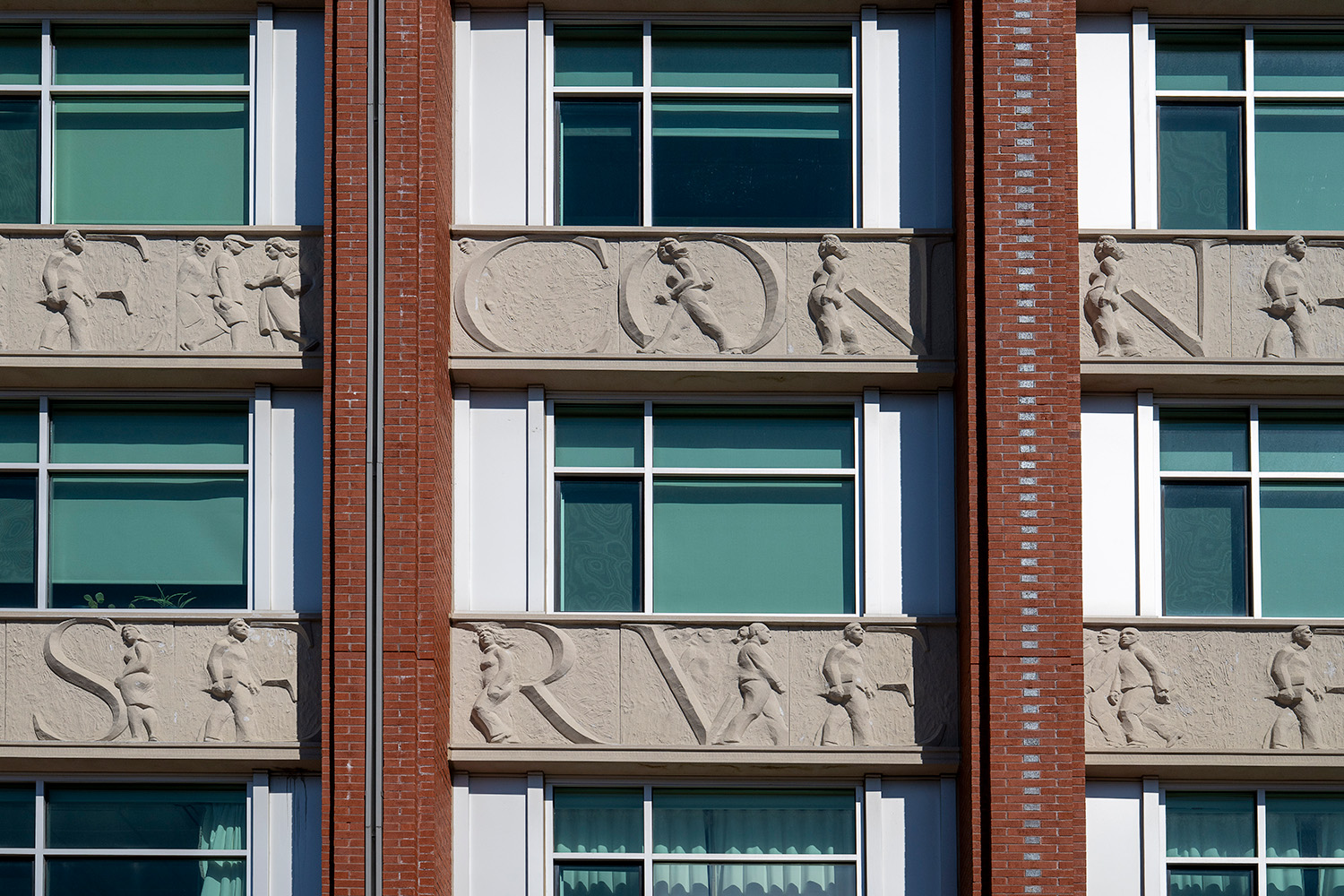The power of a tornado can inflict tremendous damage on residential property, but the impact is also felt by nearby homeowners, even when their property is unscathed.
Undamaged homes in close proximity to those that were partially or fully destroyed incur up to a 39% decline in value, according to finance and real estate professor Jeffrey P. Cohen, associate economist Violeta A. Gutkowski, and research associate Jack Fuller. Their findings were released in a recent economic report by the Federal Reserve Bank of St. Louis, where Cohen is a Research Fellow.
“We were very surprised by this at first,’’ Cohen says. “This kind of natural-disaster-created destruction is concerning to potential homeowners. It isn’t a minor concern, like a lawn that needs to be mowed. When they see pieces of a home piled up, they don’t know when it will be fixed, if ever. People think, ‘Do I want this to be my neighborhood?’’’
Study Focused on Arkansas Neighborhood
Cohen’s work focused on a tornado in Little Rock, Arkansas, which struck the area on March 31, 2023. He and the team examined home sales in the area between January 2022 and August 2024 and found that homes within 250 meters (.16 miles) of tornado-damaged properties experienced an average decrease in price of 36%. If multiple properties were damaged in the immediate area, the undamaged home’s value declined 39%.
The decrease in property value continued up to a half mile from the disaster area. Notably, the findings were similar regardless of the wealth of the area. Their research also indicates that values return to normal in about nine months after the tornado.
Study May Benefit Connecticut State Leadership
The findings offer lessons to state leaders about the importance of accelerating recovery, Cohen says.
“The implication for state governments is to subsidize recovery efforts, if possible, to expedite regional recovery and bounce back,’’ he said.
Cohen says the tornado research may have implications for other natural disasters, but with some variation.
“If a neighbor’s basement gets severely flooded and the damage is ‘invisible’ to other homeowners, it may not have the same relevance,’’ he says. “Events like wildfires and earthquakes would be similar to tornadoes, if there are piles of rubble that would make future homebuyers uncomfortable or limit their access to community services, such as parks and houses of worship.’’
Hurricane Erin a Reminder of Natural Disaster Risk in CT
St. Louis experienced a tornado in May that created significant damage. That was the impetus for the project, because Cohen and the other researchers wondered what information they could glean from the Little Rock tornado that would benefit St. Louis.
The work is perhaps timely here in New England, with Hurricane Erin swirling in the Atlantic, Cohen says. Although the powerful storm isn’t expected to make landfall along the East Coast, the hurricane season is far from over.
“In Connecticut, if or when we get hit by a hurricane, it would be helpful to speed up recovery incentives, so it doesn’t hurt additional property value,’’ he says.
Cohen is the Kinnard Scholar in Real Estate at UConn and a widely published researcher. He has previously studied the impact of the U.S. interstate highway system on land and housing values, the connection between transit-oriented development and real estate and the impact of airport noise on housing.
The tornado work was exciting, Cohen said, because the researchers created a GIS story map, where users can view images of before and after the natural disaster.
“It really helps people to see and understand why the effects are so significant,’’ he says. “You see areas of total devastation, not simply a hole in the roof. I think being able to visualize it makes it that much more impactful.’’



